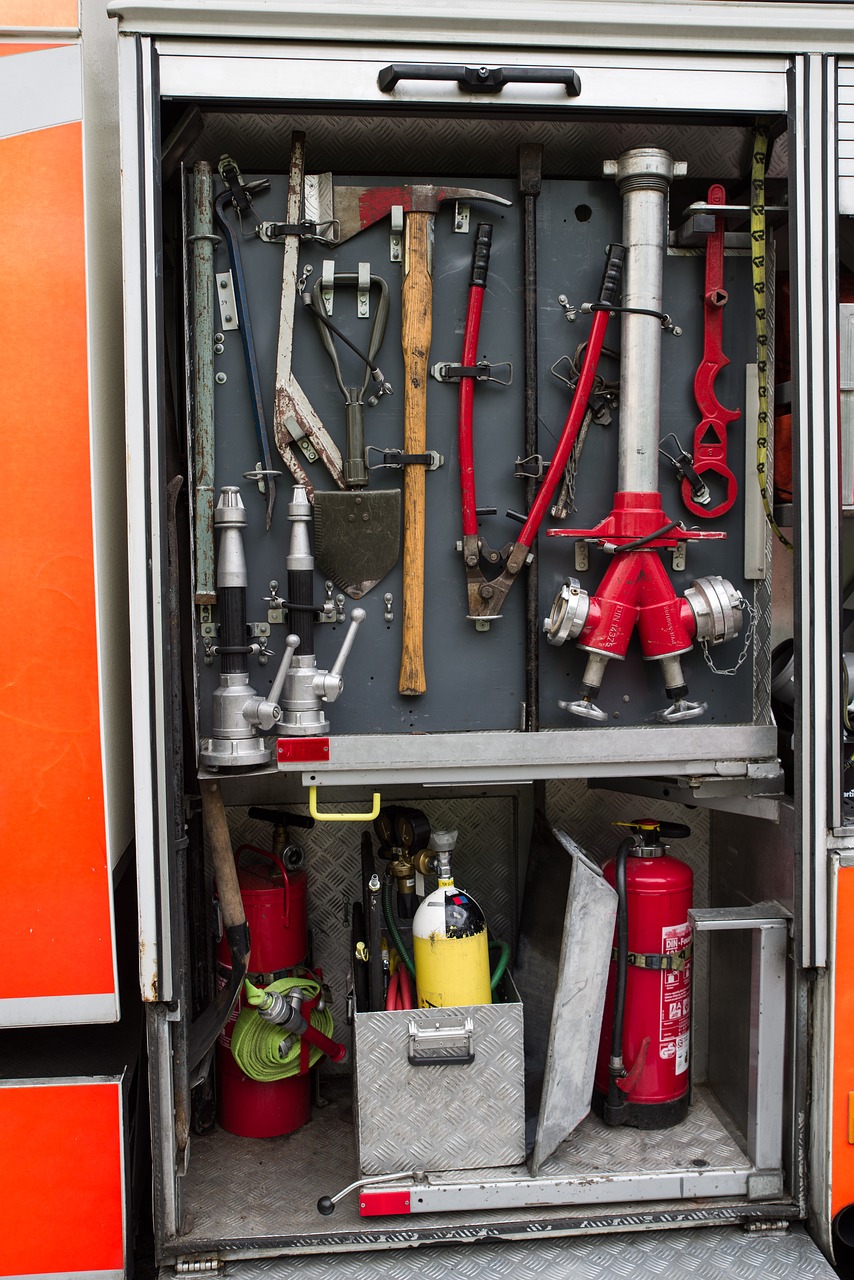Essential incident command equipment is crucial for effective emergency response and management. In order to effectively handle and coordinate response efforts during critical incidents, it is imperative to have the necessary tools and resources readily available. Having the right equipment can make all the difference in ensuring a swift and organized response to emergencies. In this blog post, we will discuss the crucial incident command equipment that every emergency responder should have on hand.
Core Equipment for Incident Command Centers
Communication Tools
The vital communication tools for an Incident Command Center include radios, megaphones, and telecommunication devices. These tools are crucial for maintaining effective communication among team members, emergency responders, and coordinating agencies during an incident. Having reliable communication tools ensures that critical information is relayed promptly and accurately, enabling efficient decision-making and response coordination.
Documentation and Planning Materials
For effective incident management, it is vital to have the necessary documentation and planning materials readily available at the Incident Command Center. This includes incident action plans, maps, and resource lists. These materials help in structuring the incident response, assigning tasks, and tracking the progress of operations. Having comprehensive documentation and planning materials ensures that the response efforts are organized, coordinated, and aligned with the overall incident objectives.
Command
The Incident Command Center should also be equipped with whiteboards, markers, and other visual aids to facilitate real-time information sharing and strategic planning. These tools help in visualizing the incident scene, outlining response strategies, and keeping track of key decisions and action points. Maintaining an organized and collaborative command environment is vital for effective incident management and ensuring a coordinated response among all involved parties.
Personal Protective Equipment and Safety Gear
Essential Protective Clothing
Little is more critical in incident command than ensuring the safety of personnel on the scene. Essential protective clothing plays a vital role in safeguarding individuals from various hazards they may encounter during operations. This includes items such as fire-resistant jackets, helmets, gloves, and high-visibility vests. Proper attire not only protects against physical injuries but also mitigates exposure to harmful substances and contaminants.
Safety Devices and Health Supplies
With the right safety devices and health supplies, incident commanders can better manage crisis situations and respond effectively to emergencies. From first aid kits and CPR masks to gas detectors and communication devices, having access to these important tools can make a significant difference in ensuring the well-being of both responders and casualties. These devices are crucial for maintaining clear communication, monitoring conditions, and offering immediate medical assistance when needed.
Another important aspect of safety devices and health supplies to consider is their maintenance and regular inspection. It is imperative to routinely check and replace any expired or damaged items to guarantee their functionality during critical moments. Proper training on the usage of these devices is also important to ensure that responders can employ them correctly under pressure.
Technological Tools for Incident Management
Software and Hardware Solutions
Hardware is a crucial component for incident management, providing the necessary tools to streamline communication and coordination during emergencies. From robust computers to reliable network systems, having the right hardware in place ensures a smooth flow of information between response teams and decision-makers.
Mobile Command Assets
Command vehicles equipped with advanced communication systems and satellite technology are vital for on-site incident management. These mobile command units serve as a central hub for coordinators to oversee operations, communicate with response teams, and access real-time data for informed decision-making. Investing in mobile command assets strengthens the efficiency and effectiveness of incident response efforts.
To effectively manage incidents, organizations must equip themselves with the latest technological tools. Using software and hardware solutions in combination with mobile command assets ensures seamless communication, data sharing, and coordination among all stakeholders involved in the incident response process.
Logistics and Support Equipment
Transportation and Mobility Needs
Needs for transportation and mobility equipment are crucial in incident management. Having access to reliable vehicles and communication tools ensures effective coordination and rapid response to emergencies.
Sustenance and Maintenance Supplies
Supplies for sustenance and maintenance are important for the smooth operation of incident command. This includes food, water, medical supplies, fuel, and tools necessary to sustain responders and maintain equipment in the field.
For instance, having a stockpile of non-perishable food, clean water, first aid kits, and basic maintenance tools can make a significant difference in the ability to sustain operations during prolonged incidents. Regularly checking and restocking these supplies is crucial for ensuring readiness in times of crisis.
Final Words
To wrap up, ensuring that you have the important incident command equipment is crucial for effective emergency response operations. By having the right tools at your disposal, you can better coordinate resources, communicate with teams, and manage incidents efficiently. It is important to regularly assess your equipment needs, update your inventory, and provide proper training to personnel on how to use the equipment effectively. Investing in the right incident command equipment will help ensure a successful response when emergencies arise.

